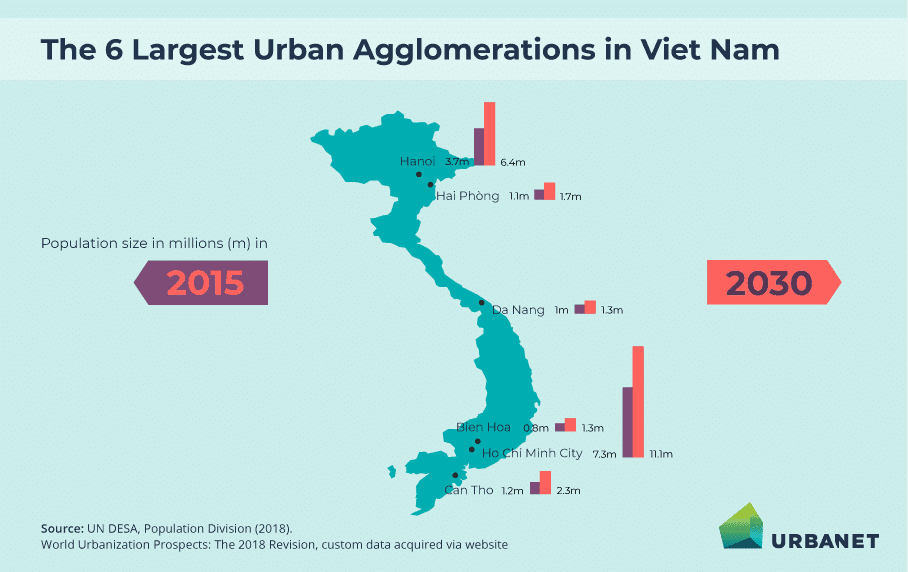Japan's Metropolis: A Comprehensive Overview Of Its Urban Landscape

Table of Contents
The Historical Evolution of Japan's Metropolis
From Edo to Tokyo: A Transformation
The story of Japan's metropolis is intrinsically linked to the rise of Tokyo. Its evolution from Edo, a bustling shogunate capital, to the modern megacity we know today is a compelling narrative of immense growth and transformative change. This transformation reflects the broader evolution of the Japanese urban landscape.
- Key historical periods: The Edo period (1603-1868) saw the establishment of Edo as a major center, followed by the Meiji Restoration (1868) and subsequent rapid modernization which dramatically altered the city's layout and function.
- Significant architectural changes: Edo's traditional wooden structures gave way to Western-style buildings and infrastructure, leading to the iconic skyline of modern Tokyo. The Great Kanto earthquake of 1923 forced significant rebuilding, further shaping the city's architecture.
- Population growth: Tokyo's population exploded during the period of industrialization and continues to be one of the most densely populated metropolitan areas globally. This density has significantly impacted urban planning in Japan.
- Impact of modernization: Modernization brought about massive infrastructure projects, including railway networks and extensive public works, transforming Edo into a truly modern metropolis and influencing other Japanese cityscapes.
The Rise of Other Major Cities
Beyond Tokyo, other major metropolitan areas of Japan, such as Osaka, Nagoya, and Fukuoka, have played crucial roles in shaping the country's urban landscape. Each city boasts its own unique character, reflecting regional differences and specific historical trajectories.
- Industrial development: Osaka, historically a major trading hub, experienced significant industrial growth, becoming a center for manufacturing and commerce. This impacted its urban planning and created a distinct cityscape.
- Cultural influences: Nagoya, known for its rich history and cultural heritage, retains a unique blend of traditional and modern elements in its urban fabric. This showcases the cultural preservation efforts within Japanese urban landscapes.
- Regional differences: Fukuoka, situated on Kyushu Island, offers a distinct cultural experience compared to cities on Honshu. These regional differences are reflected in the architectural styles and urban planning strategies employed in each area.
Architectural Marvels and Urban Design
Skyscrapers and Modern Architecture
Japan's major cities are renowned for their striking modern architecture. Iconic skyscrapers punctuate the skyline, showcasing innovative design and engineering prowess. The integration of technology in building design is a hallmark of Japanese urban planning.
- Examples of notable buildings: The Tokyo Skytree, Mori Tower, and the Umeda Sky Building are prime examples of modern architectural marvels.
- Architects involved: Renowned architects, both Japanese and international, have contributed to shaping the cityscape, blending aesthetics with functionality.
- Impact of technological advancements: Technological advancements have led to the construction of earthquake-resistant buildings and sustainable designs, reflecting Japan's commitment to innovation in urban development.
Traditional Japanese Architecture and its Integration
Despite the prevalence of modern architecture, traditional Japanese architecture remains an integral part of the urban landscape. The preservation and integration of these structures reflect a conscious effort to maintain cultural heritage within the evolving metropolis.
- Examples of traditional buildings: Temples, shrines, and traditional wooden houses are carefully preserved and often integrated into modern urban planning schemes.
- Location within the city: These structures are often found nestled amongst modern buildings, creating a captivating juxtaposition of old and new in the Japanese cityscapes.
- Role in maintaining cultural heritage: The preservation of traditional architecture contributes significantly to the unique cultural identity of Japan's metropolitan areas and serves as a tourist attraction.
Transportation and Infrastructure
Public Transportation Networks
Japan's metropolises boast highly efficient and extensive public transportation networks, facilitating seamless movement within these densely populated areas. This intricate web of transportation is a crucial component of successful urban planning in Japan.
- Types of transportation: The Shinkansen (bullet train), subway systems, and extensive bus networks provide convenient and reliable transport options.
- Efficiency: The punctuality and efficiency of Japan's public transportation are world-renowned, contributing to a smooth flow of commuters.
- Impact on urban planning: The well-developed public transport systems have significantly influenced urban planning, allowing for higher population densities and reduced reliance on private vehicles.
Road Networks and Urban Mobility
While public transport plays a dominant role, the road infrastructure also plays a vital role in supporting urban mobility within Japan's metropolis. However, challenges exist in managing traffic within these dense urban environments.
- Challenges of traffic management: Managing traffic flow in densely populated areas remains a significant challenge, necessitating innovative solutions.
- Innovative solutions: Smart traffic management systems and technological advancements aim to optimize traffic flow and reduce congestion.
- Impact on daily life: Efficient road networks are crucial for the smooth functioning of daily life, supporting the delivery of goods and services.
Culture and Lifestyle in Japan's Metropolis
Urban Culture and Entertainment
Japan's major cities offer a vibrant tapestry of cultural experiences and entertainment options. From bustling entertainment districts to serene traditional gardens, there's something for everyone within the Japanese urban landscape.
- Popular entertainment districts: Shinjuku's Golden Gai, Shibuya's crossing, and Osaka's Dotonbori are iconic entertainment hubs, each with its unique atmosphere.
- Cultural events: Numerous festivals, art exhibitions, and cultural performances showcase Japan's rich artistic heritage and dynamism.
- Nightlife: The nightlife in Japan's metropolises is diverse and exciting, ranging from traditional Izakayas to trendy clubs.
Daily Life and Social Dynamics
Life in Japan's dense urban environments is characterized by a unique blend of tradition and modernity, shaping the social dynamics and community aspects within the Japanese cityscapes.
- Community aspects: Despite the density, a sense of community often persists, particularly within smaller neighborhoods.
- Social norms: Certain social norms and etiquette shape daily interactions within the urban context.
- Balance between tradition and modernity: The daily lives of residents often reflect a fascinating balance between traditional practices and modern conveniences.
Conclusion
Japan's metropolis represents a captivating fusion of ancient traditions and modern innovation. From its historical evolution to its architectural marvels, transportation infrastructure, and vibrant cultural scene, the urban landscape of Japan offers a unique and compelling study in urban development. The efficient public transport systems, the careful integration of traditional and modern architecture, and the dynamic cultural life all contribute to the distinctive character of these bustling cities. This intricate interplay of elements creates an urban experience unlike any other. Explore the captivating world of Japan's Metropolis further. Discover the intricacies of its urban planning, the beauty of its architecture, and the vibrancy of its cultural scene. Learn more about the unique features that make Japan's urban landscapes so compelling.

Featured Posts
-
 Private Credit Jobs 5 Dos And Don Ts To Secure Your Role
May 18, 2025
Private Credit Jobs 5 Dos And Don Ts To Secure Your Role
May 18, 2025 -
 Angels Players Family Health Problems Dominate Offseason News
May 18, 2025
Angels Players Family Health Problems Dominate Offseason News
May 18, 2025 -
 Daily Lotto Results For Tuesday 15th April 2025
May 18, 2025
Daily Lotto Results For Tuesday 15th April 2025
May 18, 2025 -
 Ellinika Onomata Sti Lista Disekatommyrioyxon Toy Forbes Poioi Ksexorizoyn
May 18, 2025
Ellinika Onomata Sti Lista Disekatommyrioyxon Toy Forbes Poioi Ksexorizoyn
May 18, 2025 -
 Alka Yagnk Ka Dewy Asamh Bn Ladn Myre Mdahwn Myn Srfhrst The
May 18, 2025
Alka Yagnk Ka Dewy Asamh Bn Ladn Myre Mdahwn Myn Srfhrst The
May 18, 2025
